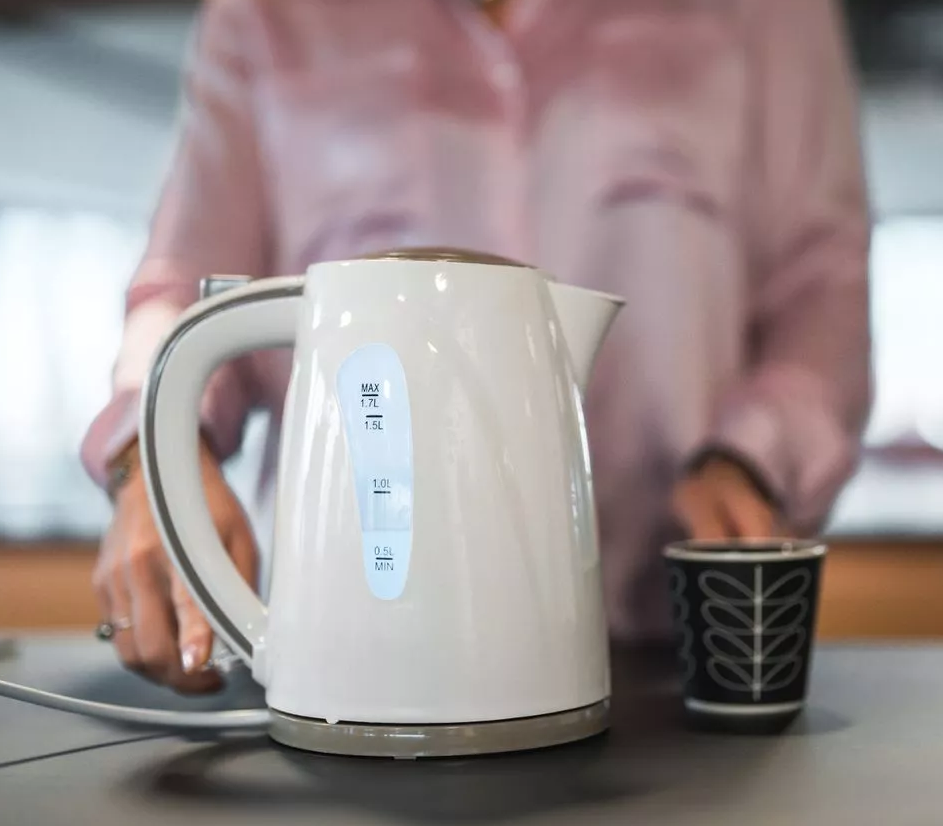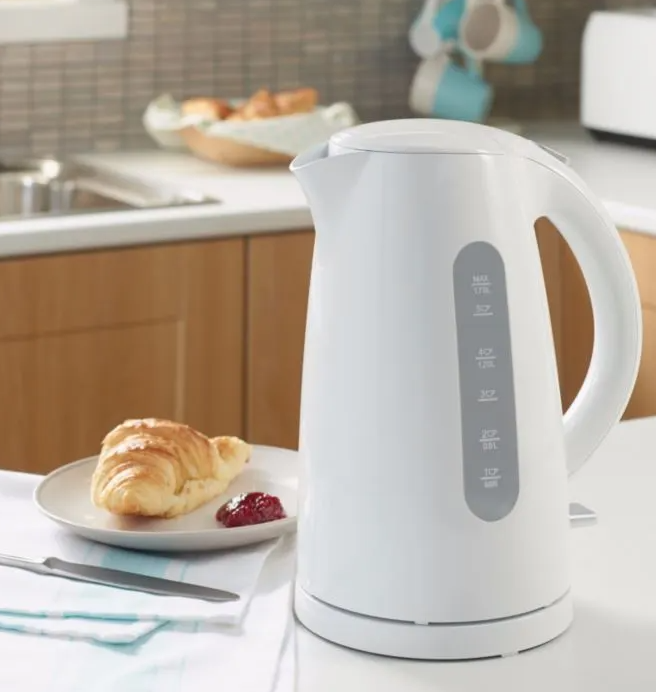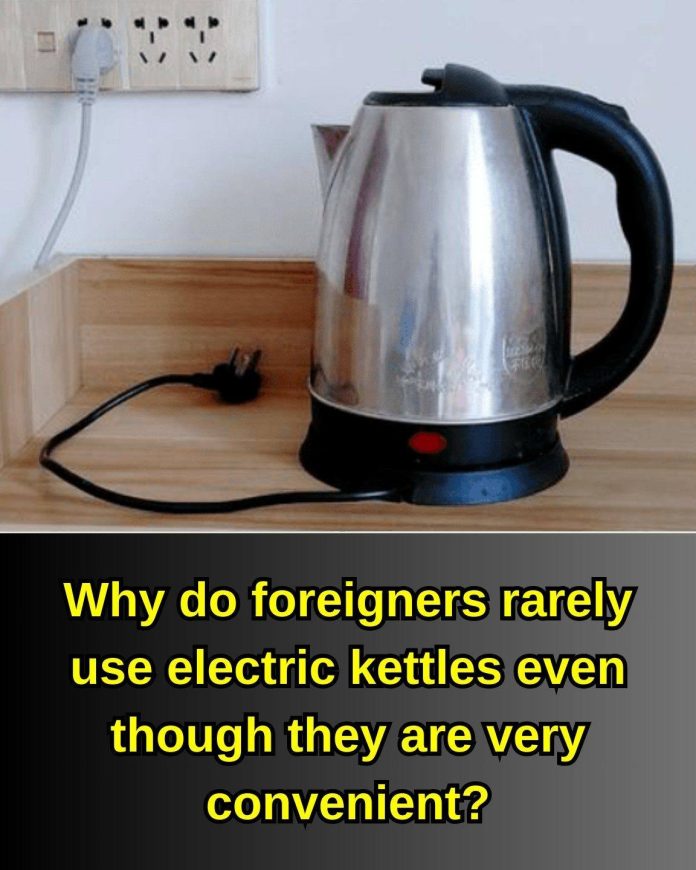Electric kettles are a staple in many households worldwide, prized for their efficiency in boiling water rapidly. However, in the United States, their prevalence is notably lower compared to regions like the United Kingdom or Europe. This disparity can be attributed to a combination of electrical infrastructure, cultural habits, and alternative appliances.
Electrical Infrastructure and Voltage Differences
One primary factor influencing the adoption of electric kettles in the U.S. is the country’s electrical system. American homes typically operate on a voltage of 100-127 volts, whereas countries like the UK use between 220 and 240 volts. This difference significantly impacts the performance of electric kettles. A higher voltage allows kettles to heat water more quickly and efficiently. In contrast, the lower voltage in the U.S. means that electric kettles take longer to bring water to a boil, reducing their convenience and appeal.

Cultural Preferences and Beverage Consumption
Cultural habits also play a crucial role in the popularity of electric kettles. In the UK, tea consumption is deeply ingrained in daily life, leading to a higher demand for quick and efficient boiling methods. Electric kettles cater to this need by providing a rapid means to prepare multiple cups of tea throughout the day. Conversely, in the U.S., coffee is the beverage of choice for many. Traditional drip coffee makers, which heat water and brew coffee in one process, are more common in American households. This preference diminishes the necessity for a separate appliance dedicated solely to boiling water.
Alternative Appliances and Methods
The American kitchen often features appliances that serve similar purposes to electric kettles, further impacting their adoption. Microwaves, for instance, are ubiquitous in the U.S. and are frequently used to heat water quickly, despite potential issues with uneven heating. Stovetop kettles are another common alternative, aligning with the prevalent use of gas stoves in American homes. These methods have been longstanding in the U.S., reducing the perceived need for electric kettles.
Market Availability and Consumer Awareness
While electric kettles are available in the U.S. market, they are not as prominently featured or marketed as in other countries. This limited visibility affects consumer awareness and, subsequently, adoption rates. Many Americans may not be familiar with the benefits of electric kettles or may not consider them a necessary addition to their kitchen appliances. In contrast, in countries where tea consumption is a significant cultural practice, electric kettles are marketed aggressively, leading to higher household penetration.

Shifts in Trends and Potential Growth
Despite historical trends, there is potential for increased adoption of electric kettles in the U.S. The growing interest in specialty teas and manual coffee brewing methods, such as pour-over and French press, necessitates precise temperature control and efficient boiling. Electric kettles, especially those with variable temperature settings, cater to these needs effectively. As American consumers become more exposed to global culinary practices and prioritize convenience, the demand for electric kettles may rise.
Conclusion
The relatively low popularity of electric kettles in the United States is a multifaceted issue, influenced by electrical infrastructure, cultural beverage preferences, existing kitchen appliances, and market dynamics. Understanding these factors provides insight into consumer behavior and highlights potential areas for market growth and cultural exchange.

















